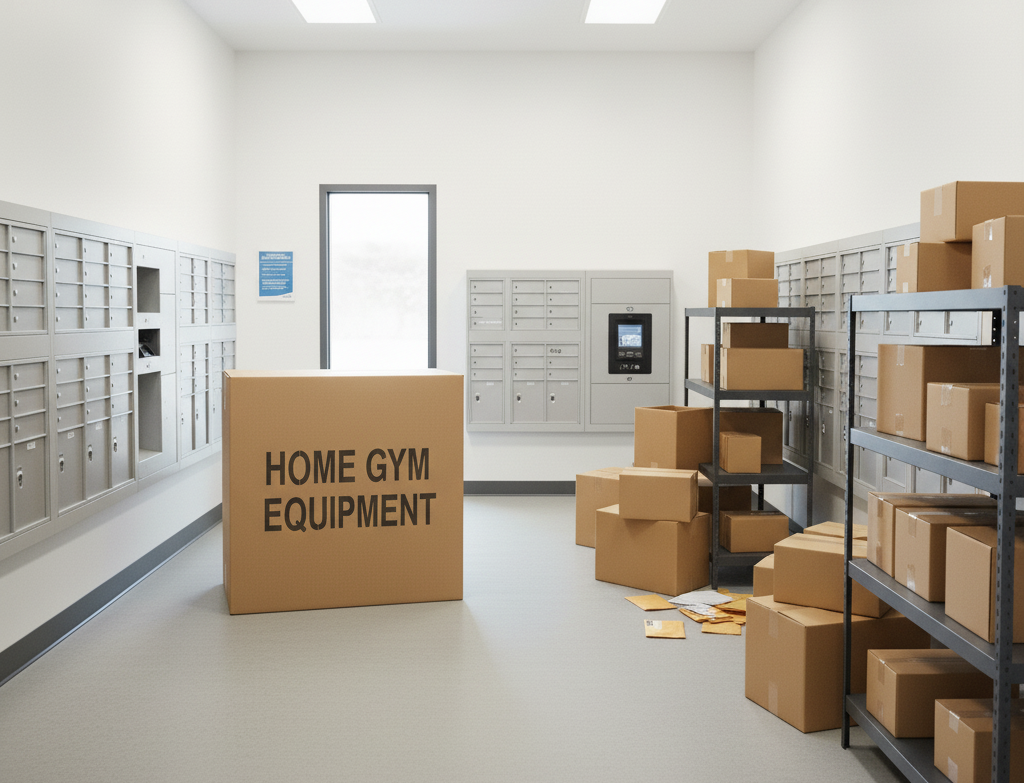The Ultimate Cost Breakdown for Starting a Mailbox Store
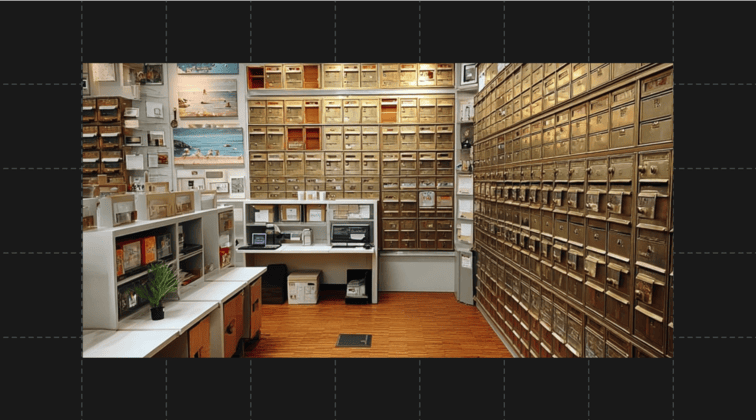
A mailbox store is a hub for collecting mail and parcels, and may also offer additional services. The business model is built on two primary revenue streams. First, you generate consistent and predictable income by renting out private mailboxes on a monthly or yearly basis, providing a secure and professional address for your customers.
Second, you maximize profitability by offering a range of high-margin services. These can include packing and shipping parcels through major carriers like FedEx and UPS, notarizing documents, providing printing and copying services, and offering virtual office solutions. When a stable rental income is combined with these lucrative add-ons, a mailbox store offers a compelling and robust business model.
Now that you understand the opportunity of a mailbox store, the next step is to figure out what it takes to get started. This article provides a realistic, item-by-item breakdown of your startup costs, offering the financial map you need to build a successful and profitable business.

One-Time Mailbox Store Startup Costs
These are the major capital expenses you’ll face before you even open your doors. Get these right, and you'll build a strong foundation for your business.
1. Mailboxes and Interior Build-out
The mailboxes themselves will be your largest capital expense. They are the core of your investment.
- Commercial Mailboxes: The cost can vary dramatically based on the type and size of the unit. For USPS-approved, multi-tenant units, you can expect to pay anywhere from $1,000 to over $3,000 per unit. For a new business, an investment in several systems can be a significant portion of your budget. According to estimates from National Mailboxes, pedestal-style Cluster Box Units (CBUs) typically cost $2,300 - $3,000+, while recessed or wall-mounted units can range from $1,000 - $3,400+.
- Interior Build-out: This includes your customer service counter, shelving for packages, and any necessary renovations. The cost is highly dependent on the condition of your space. A modest build-out with prefabricated counters can be done for $5,000, while a full-scale renovation could easily exceed $20,000.
2. Essential Technology and Equipment
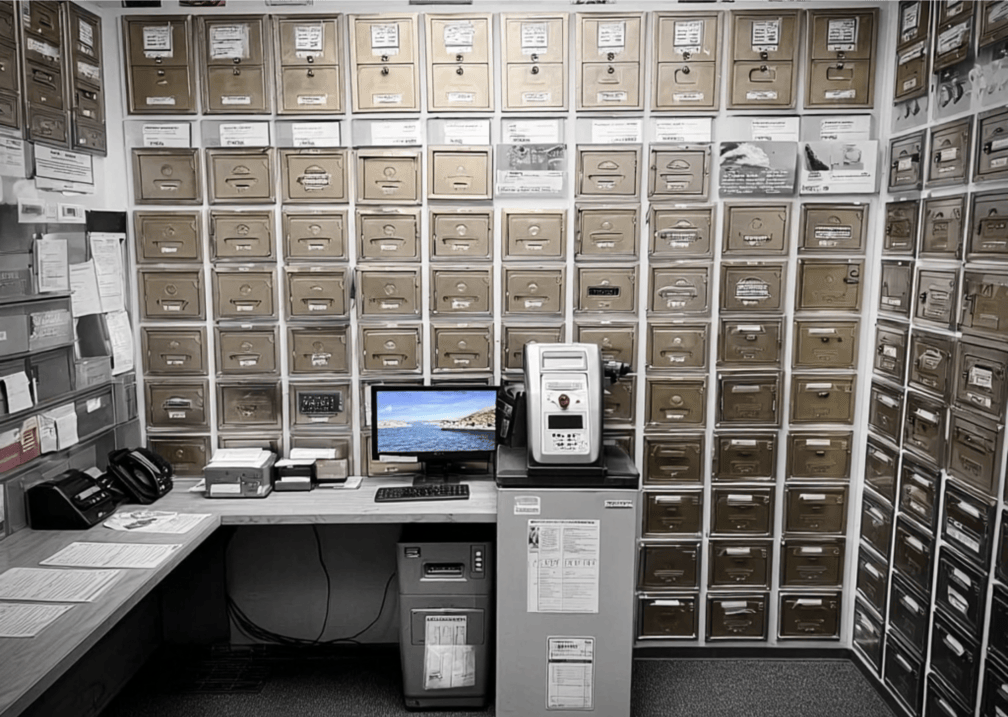
A modern mailbox store is more than just metal boxes. It’s a technology-driven operation. Investing in the right tools from day one will save you countless hours and prevent errors.
- Point of Sale (POS) System: This is the hub of your retail operations. A simple setup with a tablet, card reader, and software subscription can start as low as $200-$500 for hardware, with software fees ranging from $29 to $299+ per month. More robust systems can cost $1,000 - $2,500 for hardware. For a detailed breakdown of these costs, refer to this guide on POS system pricing.
- Mailroom Management Software: This is arguably your most critical technological investment. A specialized system automates package logging, sends real-time notifications to customers, and tracks parcels from arrival to pickup. This is where a solution like Parcel Tracker comes in. A system like this is not just an expense; it's an investment that frees you up to focus on growing your business. For an idea of the cost, Parcel Tracker's pricing starts with a Free plan for up to 100 parcels a month and scales up to $67 per month for unlimited parcels.
- Other Equipment: Don't forget the tools that make daily tasks seamless. Budget $100 - $500 for a commercial-grade scale and $50 - $200 for a reliable barcode scanner.
3. Legal, Licensing, and Insurance
These are non-negotiable costs that protect you, your customers, and your business.
- Business Entity Registration: The cost to formally register your business (e.g., as an LLC) varies by state, but typically ranges from $50 to $500+. An EIN (Employer Identification Number) from the IRS is free. You can find a breakdown of business formation and filing fees by state from ZenBusiness.
- Business Licenses and Permits: You will need local and state licenses to operate legally. A general business license can cost between $50 - $200 annually. To find a comprehensive breakdown of business license costs by state, click here.
- Insurance: A robust insurance policy is essential. A Business Owner's Policy (BOP) combines general liability, commercial property, and business interruption insurance, with an average cost of $1,687 annually, or $141 per month. Professional liability insurance, highly recommended for businesses that handle sensitive mail, averages around $744 per year. For more details, consult this guide on business insurance costs.
The Breakdown of Recurring Monthly Expenses
Once your doors are open, your focus shifts to the predictable costs that keep your business running smoothly.
- Real Estate: Your rent will likely be your largest fixed cost. Look for a space under 2,000 square feet to keep this expense low. Depending on your location, you can expect to pay anywhere from $1,500 to $ 5,000 or more per month.
- Software Subscriptions: This includes your POS system and mailroom management software, which are recurring monthly investments in efficiency. The value of these services (saving labor costs, preventing errors, and providing a superior customer experience) will far outweigh the cost.
- Utilities: Budget $ 300-$800+ per month for electricity, water, and internet access.
- Staffing: If you choose to hire a part-time or full-time operator, this will be a significant monthly expense. Hourly wages typically range from $15 to $25+ per hour.
A Sample Startup Cost Table
This table provides a high-level overview of the financial commitment, showing a realistic low-end and high-end estimate for your initial investment.
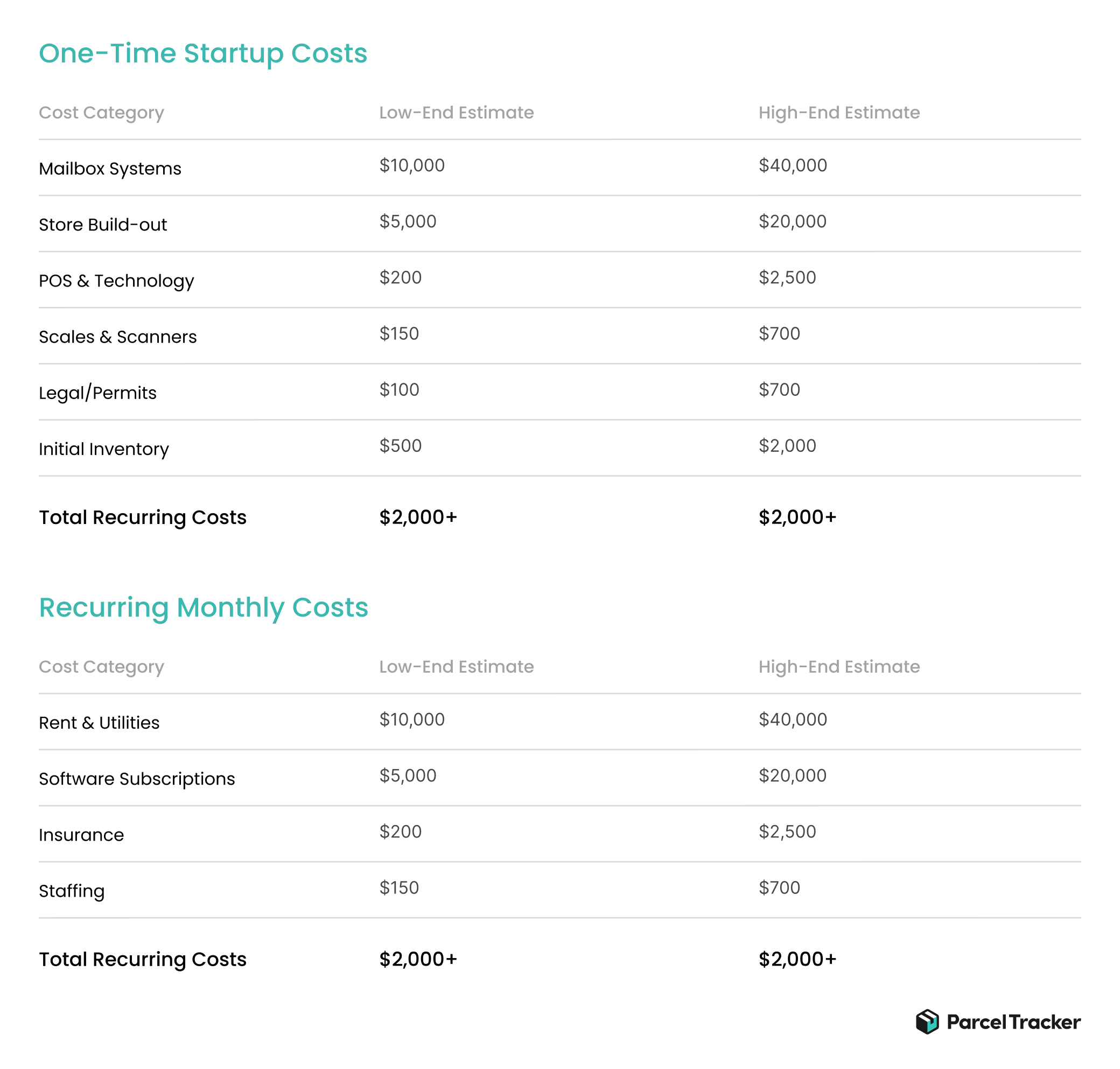
The ROI: How Your Investment Pays Off
The numbers may seem daunting, but it's important to view these as investments, not just expenses. The money you spend on a prime location and a solid physical setup is what attracts customers. Investing in efficient technology, such as a mailroom and parcel management system, enables you to handle high volumes with minimal staff, thereby maximizing your profit margins.
The tiered pricing model outlined in our comprehensive guide illustrates how a consistent, recurring revenue stream from mailbox rentals forms the foundation of a profitable business. When you combine this with high-margin services like shipping, notary, and printing, your return on investment can be substantial. A well-run, technology-backed business will achieve profitability faster and build a stronger, more trusted reputation.
Investing in Your Mailbox Store Success
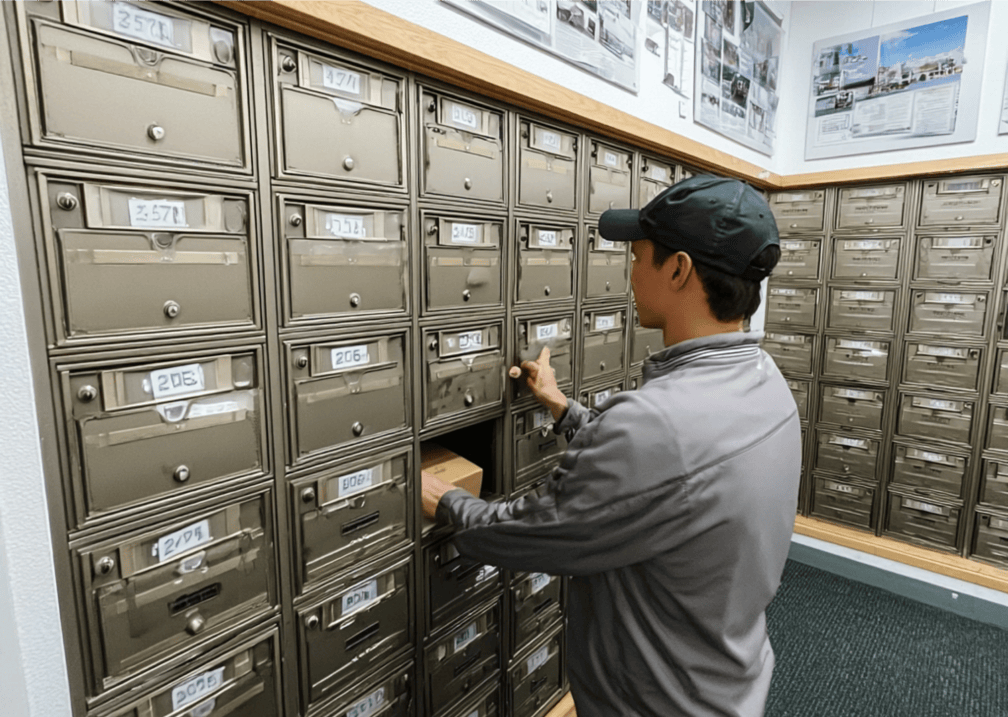
Starting a mailbox store is a strategic move into a stable and essential industry. While the initial costs require careful planning, they are manageable, and they lay the groundwork for a business that provides consistent, predictable income. The key to long-term success lies in your operational efficiency and a commitment to exceptional customer service.
By investing wisely in the right location, a professional setup, and the essential technology to automate your daily tasks, you can build a highly profitable business that serves as a vital community resource. Before you launch, consider how a solution like Parcel Tracker can simplify your mailroom management operations from day one, allowing you to focus on growing your business and providing a superior experience for your customers.





